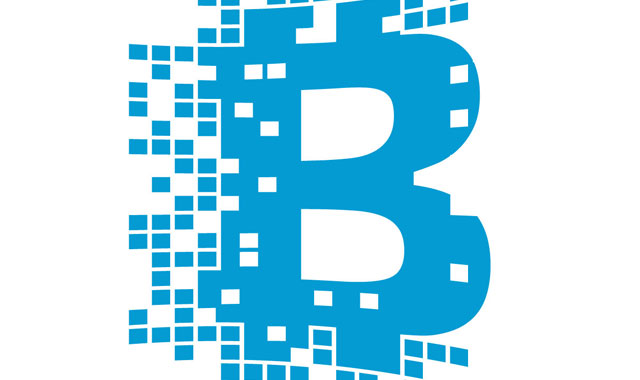
Blockchain technology could swallow as much as 40% of global banking revenue by overtaking the verification of payment transactions, according to Farzam Ehsani, leader of Rand Merchant Bank’s blockchain initiative, who believes that in the future we may bank directly with the Reserve Bank.
Speaking at the Gordon Institute of Business Science this week, Ehsani said that blockchain technology has the ability to disrupt payments (the transfer of value) and deposits (the storage of value).
According to McKinsey, global payments revenue rose by 9% in 2014 to reach US$1,7 trillion, increasing its share of total banking revenue to 40%.
Blockchain technology disrupts payments because it enables individuals and entities to transact and trade assets, such as cash, shares and property, directly with each other without the need for a trusted intermediary to verify the transaction.
These assets are instead transferred via a “consensus mechanism”, explained Tanya Knowles, head of innovation and projects at Strate.
A network of computers — which keeps a distributed ledger of these assets, similar to the way banks keep records of your bank accounts — effectively hosts the consensus mechanism.
Transactions done via a blockchain are forever stored in the blockchain — which then becomes a store of value, similar to a bank account — verifying the true owner of the assets and ensuring they cannot be copied or sent to multiple people.
The cryptocurrency bitcoin is one of the better-known assets currently transferred via a blockchain. But an increasing number of industries are developing blockchains for different purposes.
For instance, Everledger is a digital ledger for diamond certification and related transaction history, which can be accessed by jewellers and insurance companies.
“A blockchain could serve as the official registry for government-licensed assets or intellectual property owned by citizens and businesses, such as houses, vehicles and patents,” according to Deloitte.
“BitHealth, a US start-up, is investigating use of the bitcoin blockchain to store and transmit healthcare records securely to make it easier for patients to receive treatment wherever they are in the world,” Deloitte notes in a paper entitled Blockchain applications in the public sector.
“Until 2009, no one had transferred value digitally to another person without a trusted intermediary,” RMB’s Ehsani said.
The reason for this is because of the “double spending” problem presented by digital technology.
For example, when you save a picture on your phone, there is no limit to the number of people you can share that picture with. In other words, it is not the case that you no longer have the picture when you give it to someone else, as is the case when you part with cash via an electronic funds transfer, sell your house or buy a share.
This is why we need trusted third-party intermediaries, such as banks and clearing houses, to verify digital transactions.
The blockchain, however, does away with the need for this because it is self-policing in that the network verifies transactions automatically.
Having said that, an independent trusted party would be needed to validate that an asset, such as a car or house, in fact exists before it can be loaded onto the blockchain.
In future, Ehsani believes that central banks could issue their own cryptocurrencies via a blockchain, enabling them to monitor all transactions and allowing citizens to bank directly with them.
This would need to be a private blockchain where “Know Your Customer” protocols are observed. On public blockchains, such as the bitcoin blockchain, although users are linked to an account number, the individual behind that account number can choose to remain anonymous.
“Blockchain calls institutions to a new paradigm,” Ehsani said.
By definition, a blockchain needs the buy-in of a number of different parties in order to work. If two banks were to establish competing blockchains, for instance, they would then need to be reconciled, which puts us right back to where we are now.
An internal company blockchain could make sense in some cases, as with an intranet, particularly where it improves the ability to transact with suppliers.
However, for consumers to really benefit, there would need to be industry-wide blockchains or at least blockchains that can talk to each other so that, for example, a consumer can own their own data (be it related to medical history, marriage status or credit record) and store it on a blockchain, with the ability to share that information with a separate blockchain.
“I do believe we will end up with a blockchain for financial markets in South Africa,” Knowles said.
Although the technology is still in its infancy (tellingly, while Visa handles 2 000 transactions per second worldwide, the bitcoin blockchain handles just seven and requires the same electricity needed to power Ireland), interest is on the rise.
While $1bn was invested into developing and exploring blockchain technology in 2015, $10bn has already been invested in 2016, Knowles said.
- This article was originally published on Moneyweb and is used here with permission




